7. City of Life and Death (Chuan Lu, 2009, China)
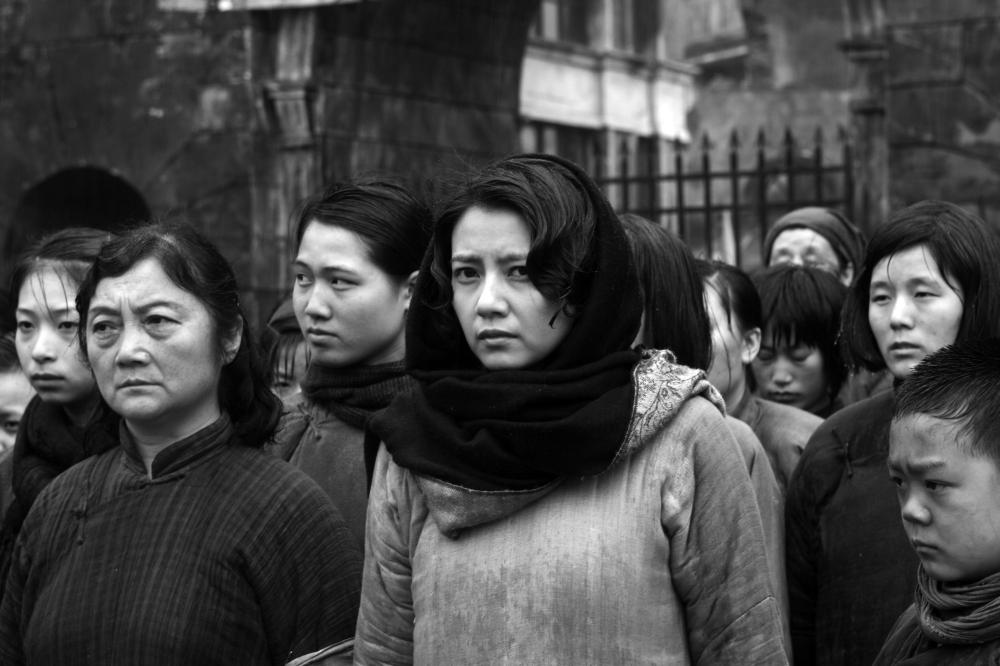
Based on the much-disputed facts that occurred during the Japanese occupation of Nanjing, this particular movie is a triumph of realism.
The film largely revolves around the various incidents that took place before and during the occupation, rather than around specific characters. In that fashion, it initiates with First Lieutenant Lu Jianxiong, along with his comrades, trying to stop a number of Chinese soldiers that abandon the city, to no effect. Subsequently, Lu and Shunzi, and a number of other soldiers and civilians, including a boy named Xiaodouzi, fight the Japanese forces. However, their resistance does not last for long, and those who are not killed are taken as prisoners.
The film then focuses on the Japanese atrocities toward the prisoners and the people inside the DMZ, where John Rabe, a German, is in charge along with other Westerners.
Chuan Lu’s main concern here is to present the facts as realistically as possible, and his crew manufactured identical copies of the various districts of the city and its walls. Furthermore, he based the incidents described on actual records of people present, including ones from Japanese soldiers’ diaries.
Technically, this black-and-white film is shot in a style similar to one of documentaries. Additionally, Lu did not want to film the heinous scenes solely to demonize the Japanese, but tried to present the reasons that led them to such acts. Thus, he presented the film through the eyes of both of the rivals.
6. To Live (Zhang Yimou, 1994, China)
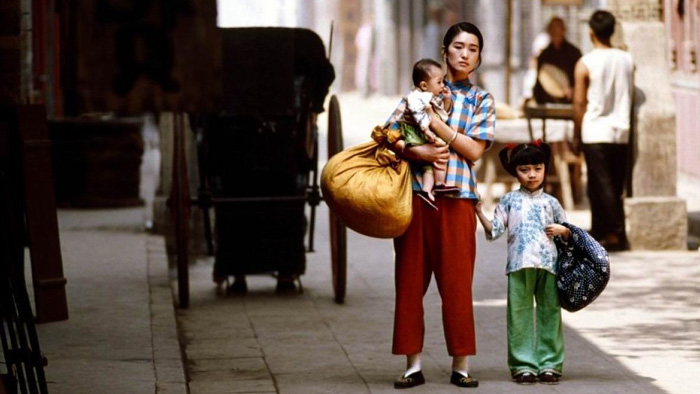
The film is based on the homonymous novel by Yu Hua and spawned much controversy in China due to its critique of the Communist government, to the point that it was banned in mainland China. However, it managed to win a plethora of international awards, including three from the Cannes Film Festival.
The story revolves around a spoiled rich man’s son named Xu Fugui, who is also a compulsive gambler, and his wife, Jiazhen, who has to struggle with his behaviour. However, when he loses his family’s property while gambling, she decides to leave him, along with their daughter.
Soon after, the Chinese Civil War breaks out and the family is caught between the two armies, having to perform shadow puppets for the soldiers. The story then goes to the time of the Great Leap Forward, with the struggles of the family continuing in a new setting.
Zhang Yimou directs a film that shows the insignificance of man in the whirlwind of China’s history, and in that fashion, presents his take on these events through the lives of the family members. His critique on the regime is rather pointy, starting with the violent uprooting of the middle and upper classes of the previous political situation, and ending with the amateur practices of its members that conclude the film.
Gong Li is astonishing as Jiazhen, but the one who steals the show is Ge You as Xu Fugui, as he portrays elaborately a man who manages to transform in order to survive, who, despite the innumerable blights of his life, manages to live.
5. Emperor Tomato Ketchup (Shuji Terayama, 1971, Japan)
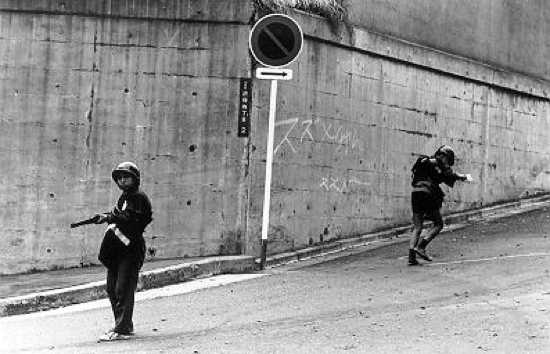
Shuji Terayama, who was also a stage writer and poet, is considered the leading representative of avant-garde in Japan. His works were always provocative and against all taboo, and “Emperor Tomato Ketchup” is a distinctive sample of the fact.
Set in a Japan where children have gained control, the film depicts a variety of scenes that were unprecedented in their extremity at the time, including children’s nude and erotic scenes, and offspring humiliating their parents.
Being evidently low budget, the movie is shot in black and white and entails an abstract narrative, thus making it tough to watch, especially in its unedited form that lasts 75 minutes.
However, underneath its extreme depictions and surrealism, Terayama hides a satire regarding politics and sex and the results of their interaction.
Due to heavy censorship in Japan, the film was initially released as a 27-minute short, with the original cut eventually screened in 1993, 13 years after Terayama’s death.
4. Onibaba (Kaneto Shindo, 1964, Japan)
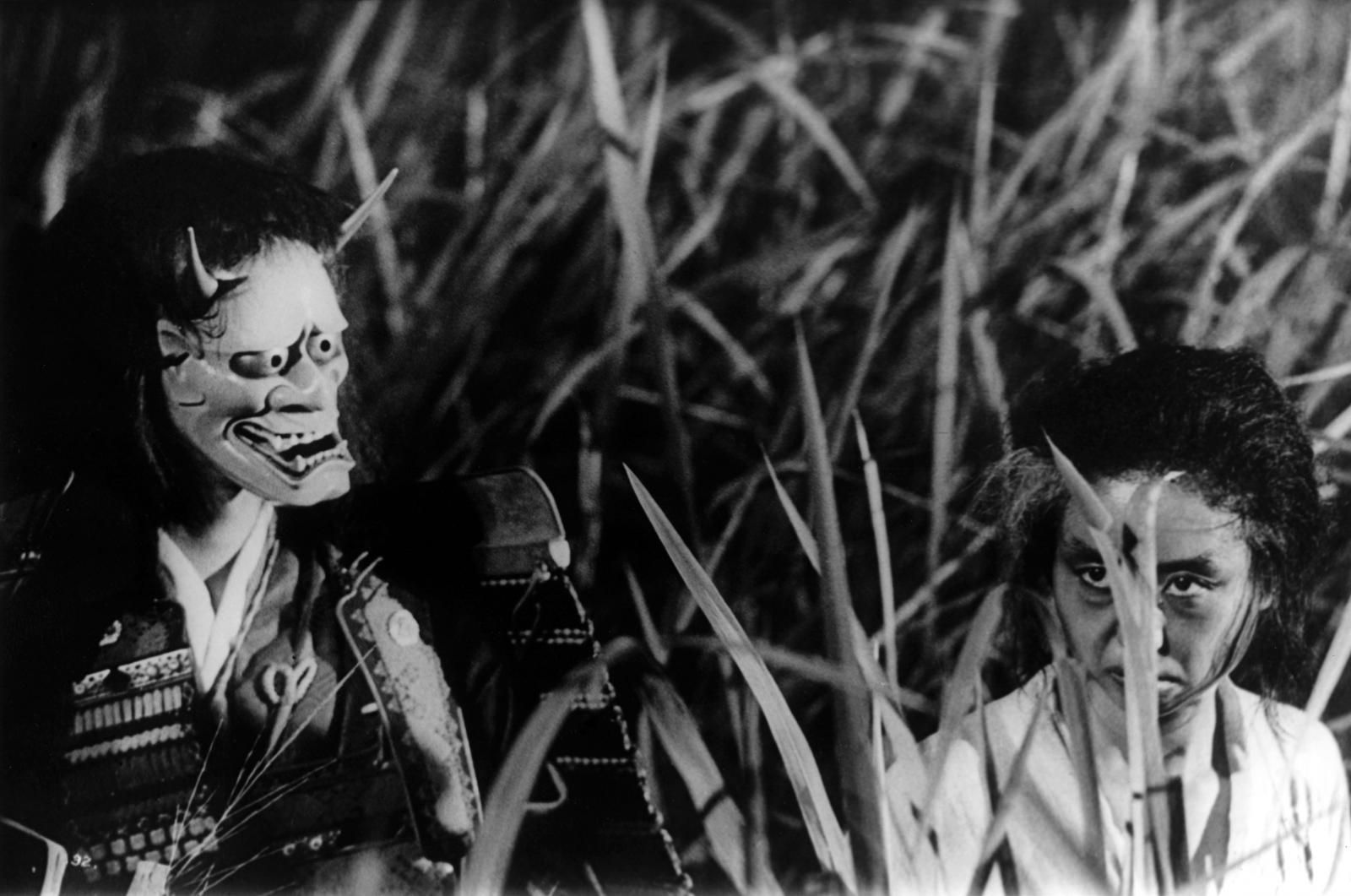
In 14th century Japan, a man is forced to enlist the army, leaving his wife and his mother alone in their house in the swamp. In order to survive, the women ambush passing soldiers, kill them, and subsequently sell their belongings to a greedy merchant. Nevertheless, the wife initiates an affair with a deserter, enraging her mother-in-law who no longer trusts her.
Additionally, the mother tends to wear a mask stolen from a butchered samurai. However, inside the mask resides a demon, which eventually takes over.
Kaneto Shindo shoots the film exclusively in a swamp, where the protagonists live their own hell. Water, canes and mud constitute an environment that, when combined with the black-and-white cinematography and the long, internal pauses, results in a silent nightmare. Shindo presents a movie concerning the worse of human instincts and an apparent message: the sole hell is the one human beings live in.
The violence, the sex scenes, and the concept in general were unheard of in the 1960s. Consequently, Shindo was forced to introduce his own production company in order to shoot and screen it. Initially, British authorities refused to screen it in the UK; however, an expurgated edition was eventually released. Nevertheless, “Onibaba” was a commercial success and one of the foremost renowned titles of the prolific director.
3. Ten Years (Ng Ka-leung, 2015, Hong Kong)
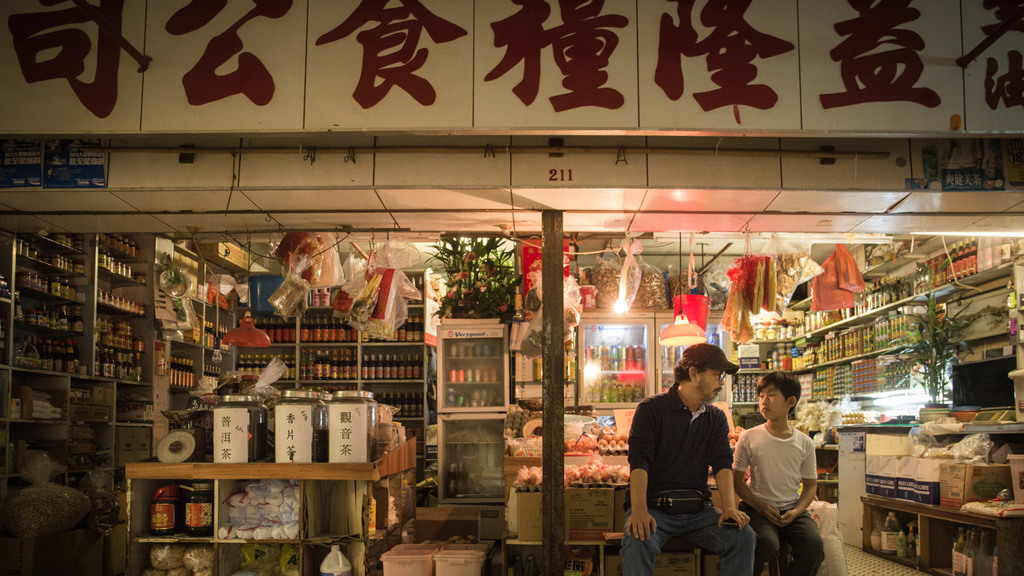
Despite the fact that it was produced on a budget of merely HK$500,000 (US$64,000), with a cast and crew mainly comprised of volunteers, “Ten Years” is one of the most successful films of the last few years, particularly due to the controversy it spawned. Being highly accusing of the mainland’s efforts to assimilate Hong Kong with the rest of China, it was banned or censored continuously. However, this effort actually helped the film gain more exposure.
The film is composed of five segments, each with its own director and cast, which portray how Hong Kong will be in 10 years if the mainland’s efforts continue, all of which portray the circumstances as dire.
“Ten Years” is not a cinematic masterpiece; it couldn’t be with such a shoestring budget. However, it is one of the most significant films of the last few years, particularly because of the courage it showed in presenting the Hong Kongese’ deepest fears.
2. Lipstick Under My Burkha (Alankrita Shrivastava, 2017, India)

The film was initially denied a release in India in January 2017, after the country’s Central Board of Film Certification (CBFC) refused a certificate, stating: “There are contagious [sic] sexual scenes, abusive words, audio pornography and a bit sensitive touch about one particular section of society.”
The filmmakers appealed this decision to the Film Certification Appellate Tribunal (FCAT). The FCAT viewed the film and communicated its concerns to the film producers on 27 May 2017. The film producers came back to FCAT with a list of 16 voluntary cuts that addressed the raised concerns. In addition to the 16 cuts, the FCAT suggested some more cuts and directed the CBFC to issue an A certificate to the movie following the changes.
The script tells the story of four women whose tales revolve around sex. Shirin is a young mother of three, whose husband continuously has sex with her that she does not enjoy, but finds solace in her morning job as a door-to-door salesperson, which she keeps a secret. Leela is a beautician who retains a relationship with a Muslim photographer; however, when her parents decide to marry her to a Hindu boy, she reluctantly agrees.
Rehana is a college freshman, coming from a strict Muslim family, who discovers the allure of music, dancing, drinking and spending time with boys, despite the fact that she is cloaked by her Burkha. Usha is an older woman who, despite being deemed asexual due to her age, deals with erotic books and has phone sex with a lifeguard.
Shrivastava tells the story of what happens behind the closed doors of women who are bound by religious rules, without becoming crude at any point. Instead, the film retains a humorous essence throughout its duration, without losing the seriousness of the main subject.
The film went on to win a number of awards in festivals around the world, including London, Tokyo, Mumbai and New York.
1. In The Realm of the Senses (Nagisa Oshima, 1976, Japan)
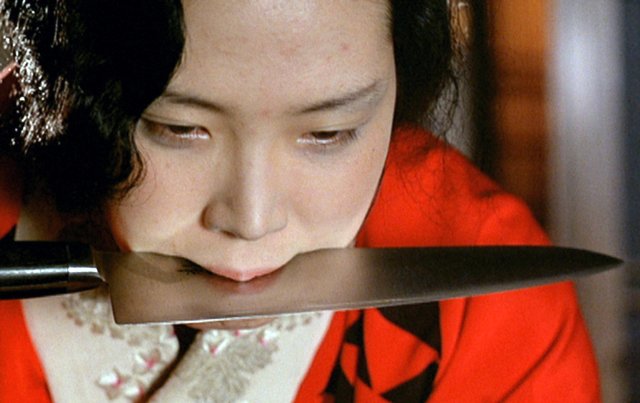
“In the Realm of Senses” is one of the foremost controversial movies in the history of cinema, with critics and fans still debating whether it is of high artistic value or just pornography.
Nagisa Oshima based the film on the true story of Sada Abe, a woman who, in 1936, erotically asphyxiated her lover and subsequently proceeded to cut off his penis and testicles and carry them in her kimono. The movie describes the relationship between Abe and Kichizo Ishida, a hotel owner, through a plethora of erotically perverted scenes, up to its tragic conclusion. Furthermore, solely excluding the mutilations scene, the rest of the erotic scenes incorporated actual sex, including fellatio and an orgy with geisha using sex aids.
However, beyond its evident promiscuity, Oshima managed to present, inside a claustrophobic setting, an erotic affair of intense paroxysm, a manifestation of love that surpassed the borderline of the extreme.
Oshima was forced to transfer the shooting to France in order to complete his film, subsequently baptizing it a French-Japanese production to be able to release it. Nevertheless, after its first screenings, it was banned in the US, Canada, Germany, Japan and other countries, eventually having to reach the 1990s in order to be screened in its full duration, which lasts 90 minutes. It is still forbidden in Ireland.
Author Bio: Panos Kotzathanasis is a film critic who focuses on the cinema of East Asia. He enjoys films from all genres, although he is a big fan of exploitation. You can follow him on Facebook or Twitter.